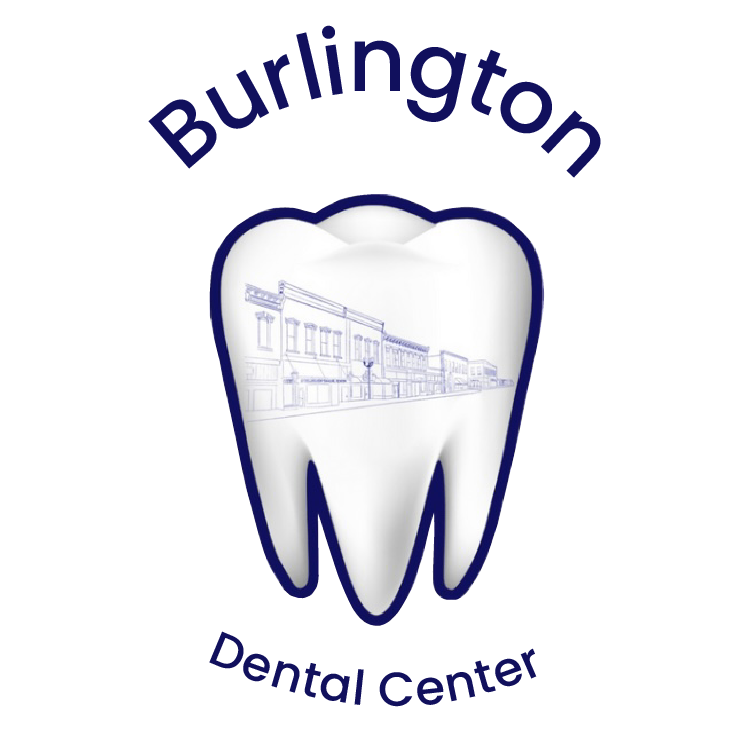
D2391 Dental Code [Meaning]
What is Dental Code D2391?
Dental code D2391 refers to a dental filling procedure for a single-surface composite on a posterior tooth, typically used for treating cavities in molars or premolars.
This type of filling is composed of a composite resin material that closely matches the color of natural teeth, making it a preferred choice for its aesthetic appeal as well as its functional benefits.
When and Why is D2391 Used?
The D2391 code is employed when a single-surface cavity in a posterior tooth (molar or premolar) requires restoration.
Posterior teeth are prone to cavities due to their involvement in chewing and their harder-to-clean locations. Composite fillings are advantageous not only for their natural appearance but also for their bond strength with tooth structure, which helps to support the remaining tooth to prevent breakage.
Comparison with Other Codes:
D2392 (Two surfaces): This code is used when two surfaces of a posterior tooth need to be filled. The procedure is similar but involves a larger area of the tooth.
D2393 (Three surfaces): Applies when three surfaces of a posterior tooth are decayed and require a filling. This is more complex and covers more of the tooth’s surface.
D2394 (Four or more surfaces): Used for extensive decay involving four or more surfaces of a posterior tooth.
Using these specific codes helps dental professionals accurately document the extent of decay and the complexity of the fillings required, which aids in streamlined billing and insurance processes.
Procedure Steps Involved in a D2391 Code
Here's what typically happens during a procedure coded as D2391:
Tooth Isolation and Preparation: The tooth is isolated, often with a rubber dam or cotton and suction, and the decayed area is removed to prepare for the filling.
Composite Application: The composite resin is then applied in layers to the prepared cavity.
Curing the Composite: Each layer of composite is hardened (cured) using a specialized light to ensure it bonds securely with the natural tooth.
Shaping and Polishing: The composite is shaped to match the natural contours of the tooth and polished to prevent staining and early wear.
Importance of Accurate Coding
Accurate dental coding ensures that patients receive precise billing, facilitates correct insurance claims, and supports the dental practice in maintaining detailed health records.
Mistakes in coding can lead to claim rejections, payment delays, and even insurance audits.
Appropriate Use of D2391: Limitations and Guidelines
It's important to note that the D2391 dental code is designated specifically for fillings that extend into the dentin of a posterior tooth and cover one surface.
This code should not be confused with procedures for fissurotomy, sealants, or preventive resin restorations, which are distinct in both purpose and substance.
Fissurotomy: This procedure involves the use of a bur to remove minimal pit and fissure caries without a traditional cavity preparation. It is typically more conservative than a filling that extends into the dentin and often does not use the same type of material as a standard composite filling.
Sealants: Dental sealants are applied to the biting surfaces of teeth to prevent decay. They cover the pits and fissures of tooth enamel to shield against plaque and acids but do not involve removing tooth structure or filling cavities that extend into the dentin.
Preventive Resin Restorations (PRR): While somewhat similar to composite fillings in that they use resin material, PRRs are used to seal pits and fissures and only involve minimal excavation of caries confined to the enamel. They do not typically extend into the dentin like the restorations covered by D2391.
The use of D2391 should be strictly limited to scenarios where decay has progressed beyond the enamel and into the dentin, requiring a more extensive intervention than what is needed for preventive treatments like sealants or PRRs. Misusing this code not only complicates billing and insurance claims but can also lead to inappropriate treatment recommendations that don't align with the patient's actual dental needs.
Handling Insurance Claims with D2391
Understanding the specific dental codes like D2391 helps both dental professionals and patients navigate the complexities of dental insurance claims and ensures transparency in billing practices.
Final Thoughts
The D2391 dental code is crucial for categorizing and billing single-surface composite fillings on posterior teeth.
Both dental professionals and patients benefit from understanding these codes, which help streamline insurance processes and clarify treatment plans. Accurate coding is instrumental in fostering trust and efficiency in dental practice management.
* Though the author of this post is a licensed dentist in the state of Kansas, this information is provided for informational and educational purposes only. Please use your best judgment and contact emergency medical services in the event of an emergency.
